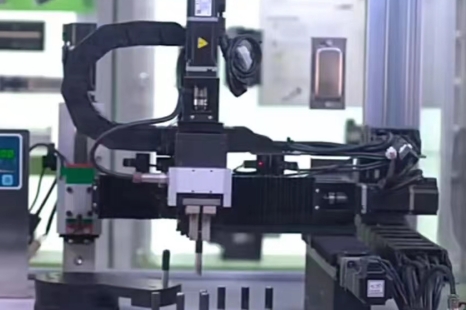Do you know the difference between a Linear Guideway and a flat track? Both play a vital role in guiding and supporting the movement of all types of equipment, but there are significant differences in design and application. Today, PYG will explain to you the difference between linear track and plane track, hoping to help you in the selection of guide rails.
Linear guides, also known as Linear Bearing Rails, are designed to support and guide moving parts in straight lines. They are commonly used in machinery such as CNC machine tools, 3D printers and industrial robots. Linear guides usually consist of a guide rail and a slider with rolling elements such as balls or rollers to achieve smooth and precise linear motion. These rails are popular for their ability to provide high load capacity and rigidity, making them suitable for applications requiring precise linear motion.

On the other hand, flat rails, also known as slide rails, are designed to support and guide the movement of sliding components in planar directions. Unlike linear guides, planar guides are ideal for applications involving reciprocating or oscillating motion, such as machine tools, packaging machinery and semiconductor manufacturing equipment. Planar guides have a flat surface with linear bearings or sliding elements that promote smooth, precise movement in a plane.
The main difference between linear guides and flat guides is their intended motion and application. Linear guides are designed for linear motion on a straight line, while planar guides are designed for planar motion on a flat surface. Additionally, linear guides are best suited for applications requiring high load capacity and precision, while planar guides excel in applications involving reciprocating or oscillating motion.
If you have any questions, please contact us and our platform customer service will answer them for you.
Post time: Jan-23-2024










